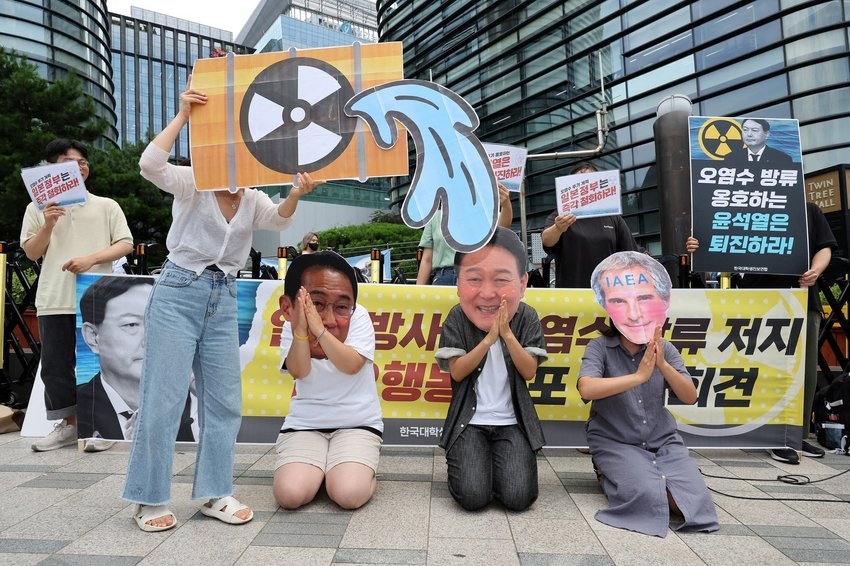Japan’s plan to release radioactive water from the Fukushima nuclear power plant (NPP) into the Pacific Ocean has not only sparked debate among experts and residents, but also caused concern in neighboring countries. China and South Korea have so far been particularly skeptical of the plan, which was approved in Tokyo more than two years ago.
However, on July 7, South Korea said it supported the International Atomic Energy Agency’s (IAEA) report, saying the water launch met global safety standards, Reuters reported.
So far, China has been the most vocal critic of Tokyo’s plan, arguing that Japan wants to use the Pacific Ocean as its “private sewer.” In a statement released on July 4, Beijing accused the IAEA of publishing “one-sided” findings.
More than 1000 tanks of radioactive water
It was previously reported that a 9.0 magnitude earthquake hit northeastern Japan on March 11, 2011, causing a tsunami in the area. The strong waves flooded three reactors, which caused serious damage at the nuclear power plant. The Fukushima tragedy is considered the worst nuclear accident since the Chernobyl disaster.
Since 2011, the plant has accumulated more than a million tons of wastewater – groundwater, seawater and water used to cool the reactor
2023-07-15 21:00:03
#Release #radioactive #water #Fukushima #nuclear #power #plant #ocean #world
